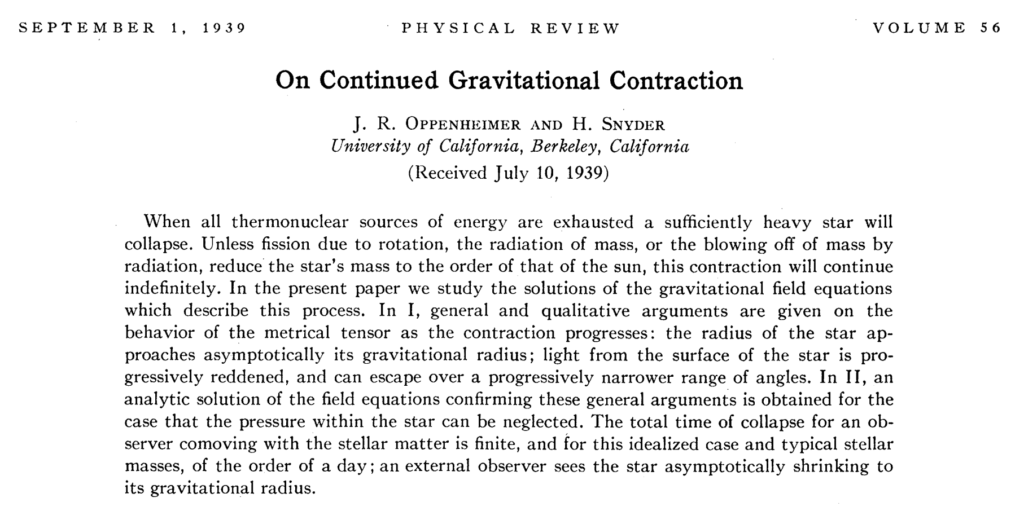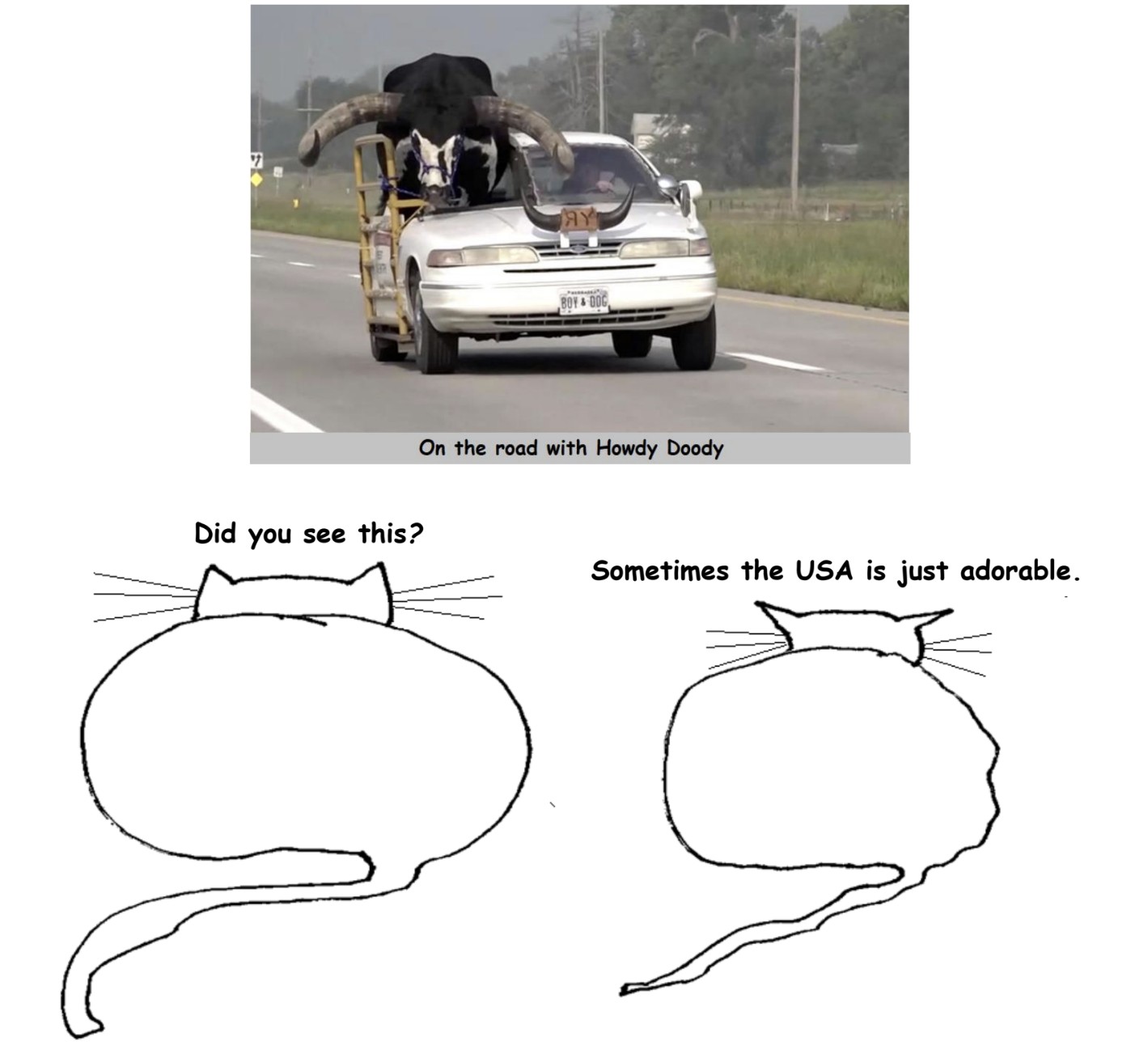by Gus Mitchell

This September marks 50 years since the deaths of three men. One died at the very beginning of the month, in Oxford, one in the middle, in Santiago, and one at the end, in Vienna.
Anyone likely to be reading this will have heard of J.R.R. Tolkien, who died on 2 September in Oxford, city of his life and work, aged 81. Unfortunately the contemporary world has absorbed Tolkien to an unhealthy extent that sweetens and ultimately sickens his achievement. His achievement was to create myth anew. I use that word order deliberately, as opposed to “created a new mythology”.
I don’t know how many people will have heard of Victor Jara. If they haven’t, they ought immediately to stop reading until they have given their full attention to “Manifiesto”, one of the really incomparable things ever committed to record. “Manifiesto” was recorded in August 1973. It was released posthumously; in its closing lines, Jara had written: “For a song has meaning / When it beats in the veins / Of a man who will die singing / Truthfully singing his songs.” And Jara was murdered the following month, on September 16th, doing what he himself had predicted.
Many people will have heard of W.H. Auden. Another acronymous luminary of 20th century British letters, he is also its greatest poet. Auden died on 29 September in Vienna, aged 66: rather lonely, estranged from his partner Chester Kallman, intending himself to make his way back to Oxford, and having likely swallowed his habitual nightly dose of barbiturate and vodka (his practice for three decades.) Auden was the kind of poet that doesn’t really exist anymore: a grand reflection of his age.
September also marks fifty years since the Pinochet coup in Chile, a coup supported by both the United States and the United Kingdom, and that would lead first to the deaths of the democratically elected socialist president Salvador Allende, then at least two thousand more Chileans, and the torture and imprisonment of more than thirty thousand more. On the 12 September 1973, the morning after the coup and Allende’s suicide, Victor Jara, along with five thousand others were arrested by the fascists and taken as prisoners to the Estadio Chile in Santiago. Read more »












 Sughra Raza. Shredder Self-portrait, NYC, August 2023.
Sughra Raza. Shredder Self-portrait, NYC, August 2023.


 Harry Frankfurt, who died of congestive heart failure this July, was a rare academic philosopher whose work managed to shape popular discourse. During the Trump years, his explication of bullshit became a much used lens through which to view Trump’s post-truth political rhetoric, eventually becoming deeply associated with liberal politics.
Harry Frankfurt, who died of congestive heart failure this July, was a rare academic philosopher whose work managed to shape popular discourse. During the Trump years, his explication of bullshit became a much used lens through which to view Trump’s post-truth political rhetoric, eventually becoming deeply associated with liberal politics. Aesthetic properties in art works are peculiar. They appear to be based on objective features of an object. Yet, we typically use the way a work of art makes us feel to identify the aesthetic properties that characterize it. However, dispassionate observer cases show that even when the feelings are absent, the aesthetic properties can still be recognized as such. Feelings seem both necessary yet unnecessary for appreciation of the work.
Aesthetic properties in art works are peculiar. They appear to be based on objective features of an object. Yet, we typically use the way a work of art makes us feel to identify the aesthetic properties that characterize it. However, dispassionate observer cases show that even when the feelings are absent, the aesthetic properties can still be recognized as such. Feelings seem both necessary yet unnecessary for appreciation of the work. ed to be protected from blasphemy, I must have overheard someone say
ed to be protected from blasphemy, I must have overheard someone say  The other day, over cigarettes and beer, my friend M. told me the story of the Ghost Cop of Rowan Oak. She was speaking from authority, as she had just encountered it a few days before. Her boyfriend P. was there—both at Rowan Oak and on my front porch with the cigarettes and the beer—and it was nice to watch them swing on the swing and finish each other’s sentences.
The other day, over cigarettes and beer, my friend M. told me the story of the Ghost Cop of Rowan Oak. She was speaking from authority, as she had just encountered it a few days before. Her boyfriend P. was there—both at Rowan Oak and on my front porch with the cigarettes and the beer—and it was nice to watch them swing on the swing and finish each other’s sentences.